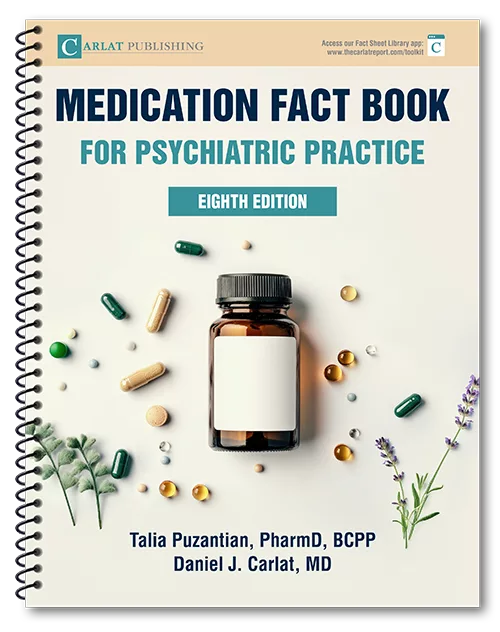Switching antipsychotics?
Sometimes, slower isn’t safer.
This is Part 3 in my A-to-Z series from the upcoming 8th edition of the Med Fact Book.
Today: Antipsychotics.
We switch them for all kinds of reasons—side effects, partial response, patient preference.
And most of us default to a cross-taper—gradually tapering the old drug while titrating up the new one.
It feels safer. More measured.
But often those careful cross-tapers stall—and our patients end up on both meds longer than intended.
Polypharmacy creeps in, and inertia takes over.
So here’s an interesting data point to consider:
A large meta-analysis (n = 1,400+) found no clear benefit to gradual switching.
Immediate switches were just as effective—and often better tolerated. (Takeuchi et al, Schiz Bull, 2017)
So when should you not cross-taper—and what should you do instead?
▸ When both meds are sedating
Example: olanzapine to quetiapine
Cross-tapering stacks sedation and orthostatic risk—some patients feel like they’re falling asleep while standing up.
Instead: Taper the first drug down to a lower dose (or off) before starting the new one. A brief gap is often safer than an overlap.
▸ When one’s a partial agonist and the other’s a full antagonist
Example: risperidone to aripiprazole
Aripiprazole partially stimulates dopamine receptors, while risperidone blocks them.
During overlap, aripiprazole can displace risperidone and unmask dopamine activity—agitation, insomnia, restlessness.
Instead: Taper or stop the antagonist first, then introduce aripiprazole once symptoms are stable. Avoid overlap to prevent pharmacodynamic push-pull.
▸ When overlapping leads to additive side effects
Example: quetiapine to olanzapine
→ double sedation, weight gain, metabolic burden
Risperidone to paliperidone
→ excessive prolactin elevationInstead: Use a sequential switch—reduce or stop the first agent before starting the second. If overlap is needed, keep it short and at the lowest effective doses.
▸ When switching to clozapine
Clozapine titration takes time—and therapeutic levels often start around 300–400 mg/day.
Tapering the previous antipsychotic too early risks destabilization.
Instead: Start clozapine while maintaining the current antipsychotic.
Once clozapine reaches a clinically effective dose, then taper off the first med. It's a deliberate lead-in, not a true cross-taper.
These are the kinds of clinical detours that don’t always make it into guidelines.
Cross-tapering makes sense—until it doesn’t.
Next up: Deprescribing antipsychotics—and why that’s often harder than starting them.
▸ Follow me (Daniel Carlat, MD) for grounded psychopharm tips from the Med Fact Book
▸ What antipsychotic switch has caught you off guard?
Join the conversation on LinkedIn with Dr. Carlat.


_-The-Breakthrough-Antipsychotic-That-Could-Change-Everything.webp?t=1729528747)



